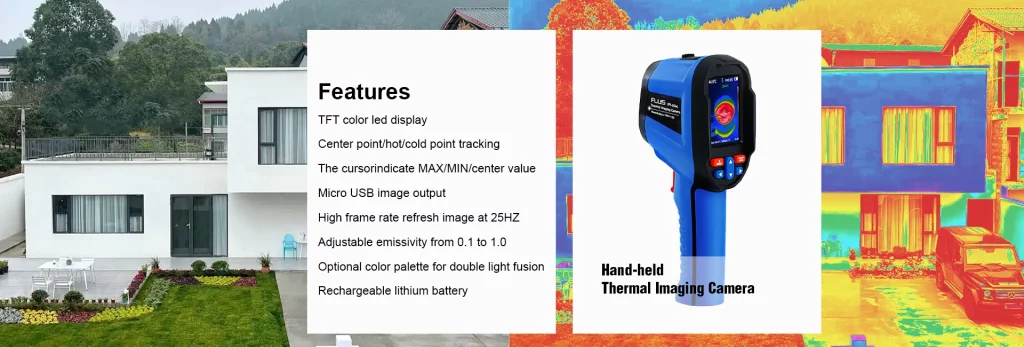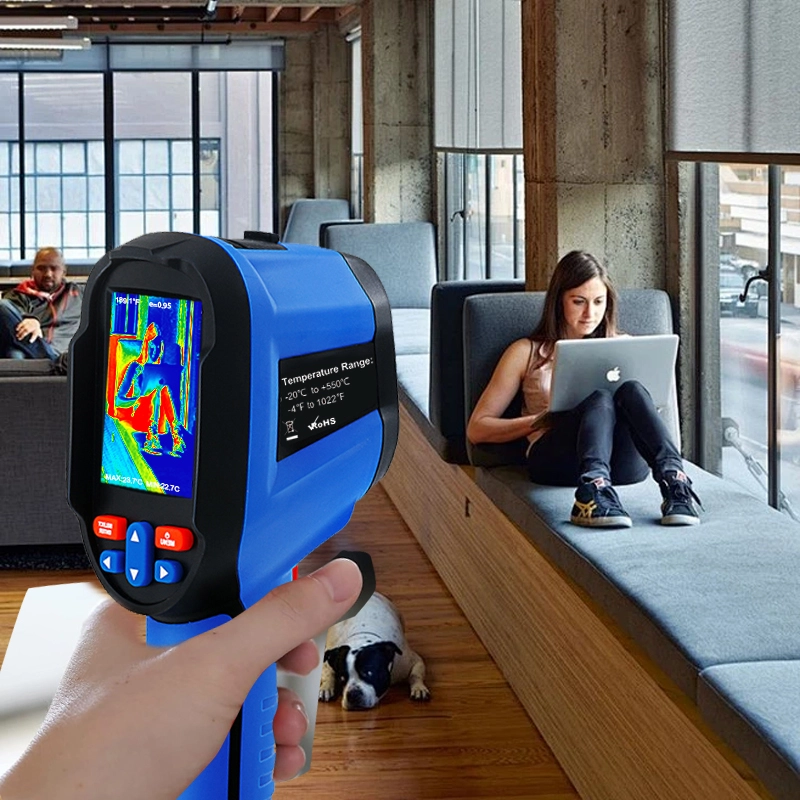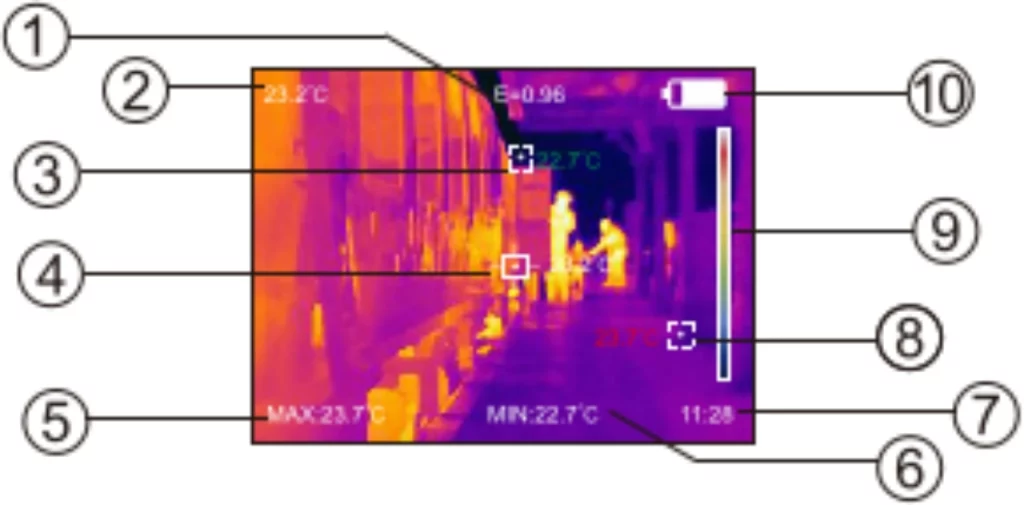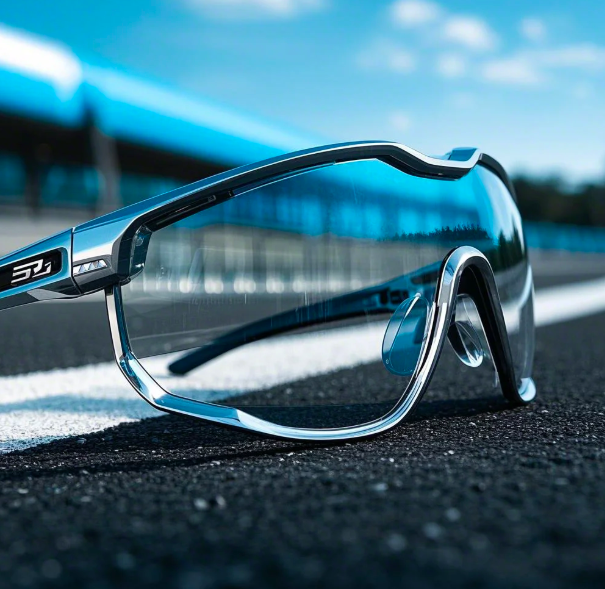目录
What Is A handheld Thermal Image System?
At its core, a thermal imaging system is a technology that enables the visualization of thermal energy emitted by objects in the form of heat. unlike visible light, thermal energy is invisible to the naked eye, making it challenging to detect and analyze without the use of specialized equipment. However, thermal imaging systems utilize infrared technology to capture and display thermal images, providing valuable insights into temperature variations and heat distribution across different surfaces.

How To Capture Handheld Thermal Images?
The thermal imaging system within a handheld thermal imager consists of several key components, including a thermal sensor, a lens, and image processing software. the thermal sensor, often based on microbolometer technology, is responsible for detecting infrared radiation and converting it into electrical signals. these signals are then processed and translated into thermal images by the device’s onboard software, which utilizes complex algorithms to assign colors or grayscale values to different temperature levels.
when a user aims a handheld thermal imager at an object or scene, the device’s lens focuses the incoming infrared radiation onto the thermal sensor, where it is converted into a digital representation of the thermal energy emitted by the target. this digital data is then processed and displayed on the imager’s screen, providing a real-time thermal image that reveals the temperature distribution across the observed area. by scanning the imager across various surfaces, users can capture thermal images of different objects and environments, gaining valuable insights into their thermal characteristics

In addition, the Color Palette Description
Our handheld thermal imager menu of color can change the false color of the infrared thermal image.
Some color palettes are better suited for specific applications and can be set as needed.
There are 5 color palettes: rainbow, iron red, cool, white-hot, and black-hot.
These palettes are most useful for high thermal contrast and provide additional color contrast between high and low temperatures.
A suitable selection of color palettes displays the details of the target objective better. Rainbow, iron oxide red, and cold color palettes focus on the display of color.
Such color palettes are very suitable for high heat contrast and are used to improve the contrast between high and low temperatures.
While the black & white and white & black color palettes provide even linear color.
The following is the image of the same object with the selection of different color palette

Rainbow, Iron, Cold, White, Black
Display description

① Current emissivity
② Central point temperature
③ The lowest temperature cursor
④ Temperature cursor at a central point
⑤ Maximum value
⑥ Minimum value
⑦ Time
⑧ The highest-temperature cursor
⑨ Color code
⑩ Battery icon
In conclusion, handheld thermal imagers play a crucial role in capturing thermal images by leveraging advanced thermal imaging systems to detect and visualize infrared radiation. through the integration of thermal sensors, optics, and image processing software, these devices enable users to explore the thermal characteristics of objects and environments with precision and efficiency. whether used for industrial inspections, security operations, or outdoor activities, handheld thermal imagers continue to demonstrate their value as indispensable tools for thermal imaging applications.
0






